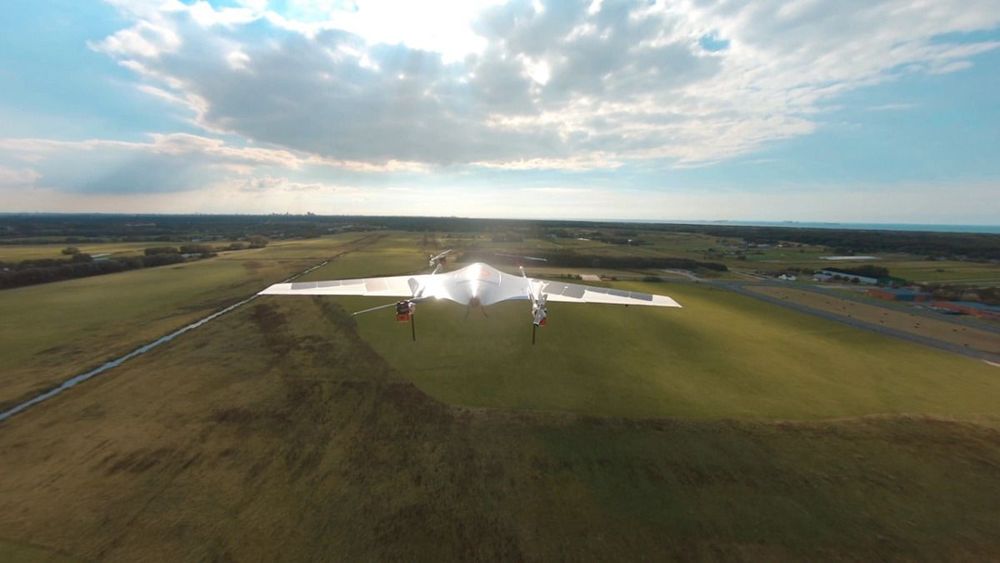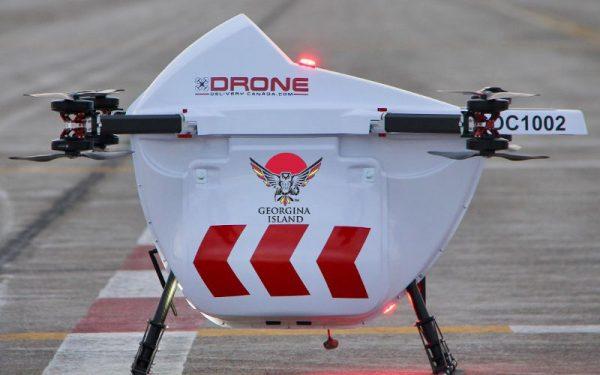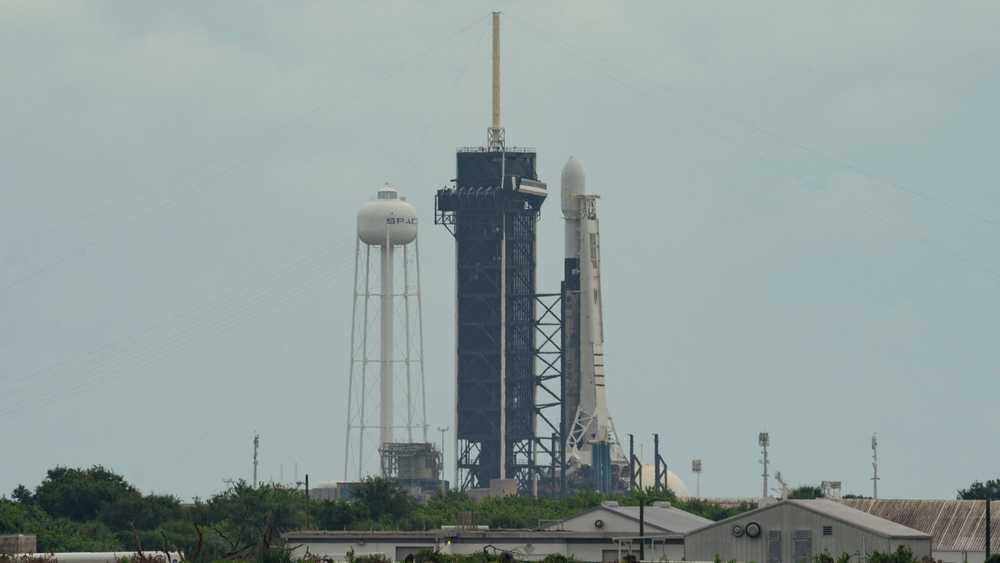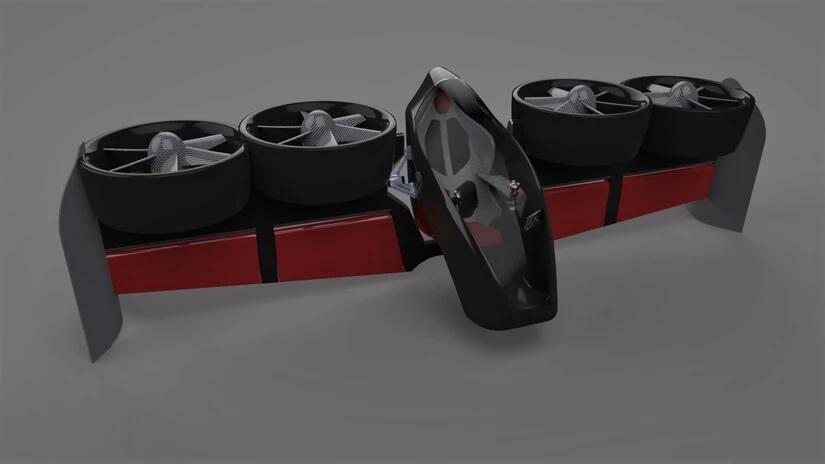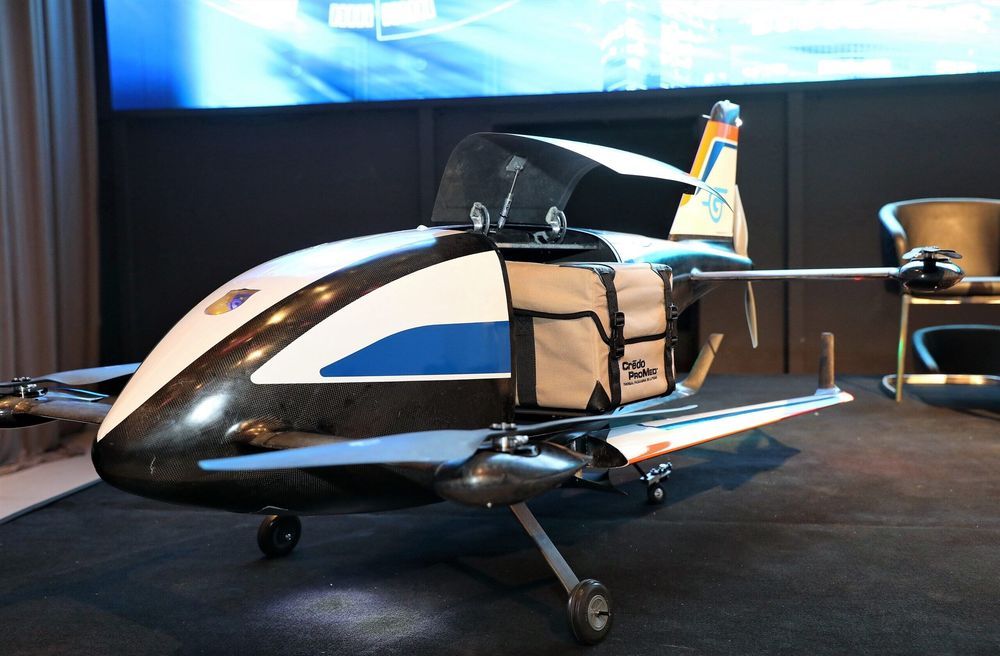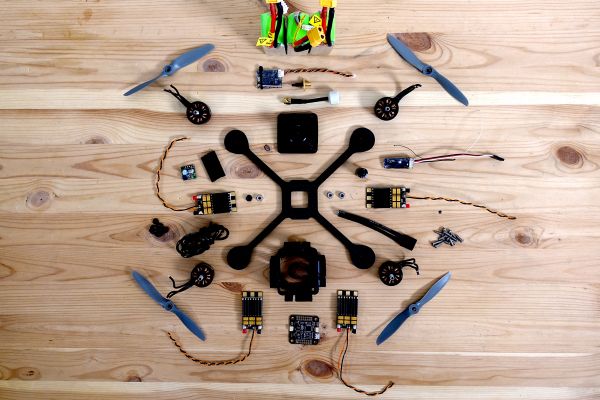Netherlands-based technology companies Avy and Wattlab have conducted the first test flight of a drone prototype that is planned to be used in medical projects in Africa.
Wattlab, a Dutch clean-tech start-up founded by Sweden-based power utility Vattenfall and Delft University of Technology, and Netherlands-based drone manufacturer Avy have announced that a drone equipped with special solar foils produced by Wattlab has successfully performed its first test flight.
“The solar-powered prototype is designed to be used for urgent medical transportation, emergency services, and nature conservation,” the two companies stated, adding that the solar films were installed on the wings while maintaining aerodynamics and without increasing significantly the weight. “The solar technology developed in this project is fully integrated into the wing shape and adds no extra weight,” explained Bo Salet, founder of Wattlab.
In the future, the two tech companies are planning to reduce the wings’ weight, increase their surface, and deploy more solar films. “Solar cells with a higher efficiency will be tested in the coming month,” they further explained.
